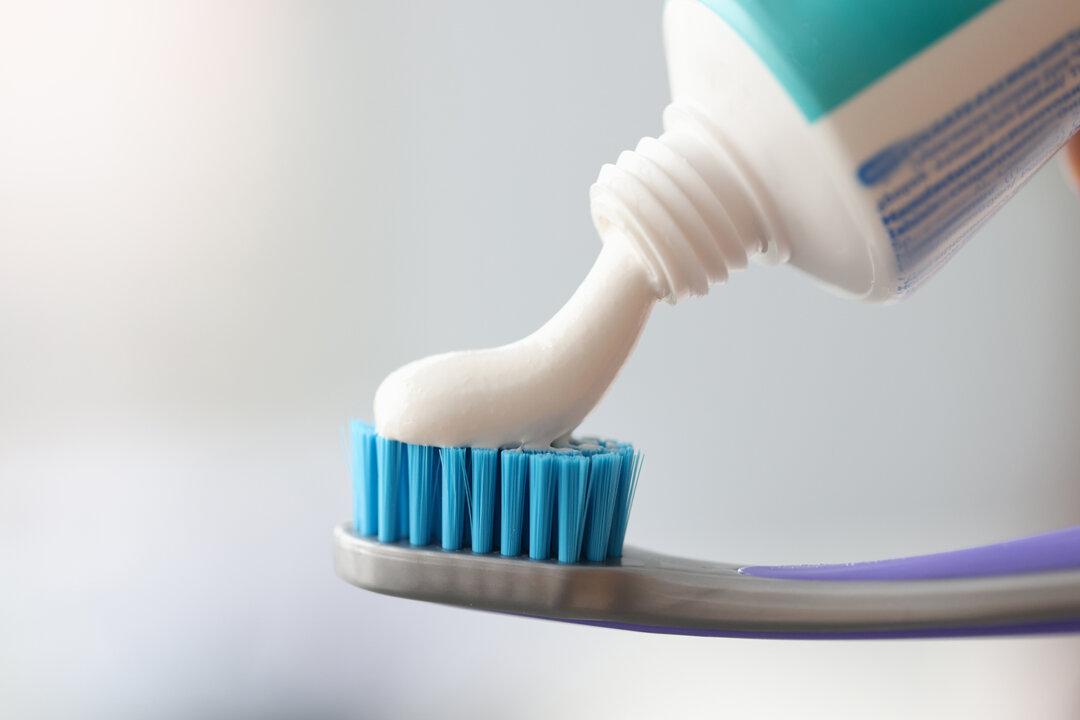Canadian women are putting in more effort to care for their teeth than their male counterparts, according to data from the first-ever national oral health survey.
Seventy-six percent of Canadian women and girls polled said they brush their teeth at least twice a day, while 65 percent of men and boys reported brushing at least twice a day, Statistics Canada data from the Canadian Oral Health Survey found.





